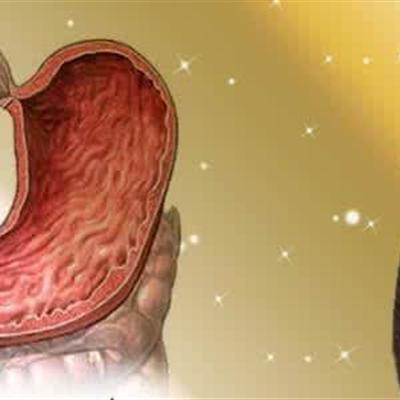How to judge Parkinson's disease
summary
Grandfather is getting older and older, and he has a lot of diseases. Recently, he always finds that he has tremor, and then he moves very slowly and looks very clumsy. We quickly took him to the hospital for examination. It's Parkinson's disease. Next, I will tell you how to judge Parkinson's disease?
How to judge Parkinson's disease
First, Parkinson's disease is a common neurodegenerative disease, which is common in the elderly. The average age of onset is about 60 years old, and it is rare in young people under 40 years old. The prevalence of PD is about 1. 7%。 Most patients with Parkinson's disease are sporadic cases, and less than 10% of them have family history.
Second, the main pathological change of Parkinson's disease is the degeneration and death of dopaminergic neurons in substantia nigra, which leads to the significant decrease of Da content in striatum. Genetic factors, environmental factors, aging and oxidative stress may be involved in the degeneration and death of dopaminergic neurons in PD.
Third: the onset of Parkinson's disease is insidious and the progress is slow. The first symptom is usually tremor or clumsy movement of one limb, which affects the contralateral limb. The main clinical manifestations were static tremor, bradykinesia, myotonia and postural gait disorder. In recent years, more and more people have noticed that depression, constipation, sleep disorders and other non motor symptoms are also common complaints of patients with Parkinson's disease, and their impact on the quality of life of patients is even more than motor symptoms.
matters needing attention
Generally speaking, Parkinson's disease is particularly common in the elderly. If you find that the elderly begin to move slowly, and from time to time you will find tremors, constipation and decreased sleep quality. We should consider Parkinson's disease and go to the hospital for examination and diagnosis as early as possible.












